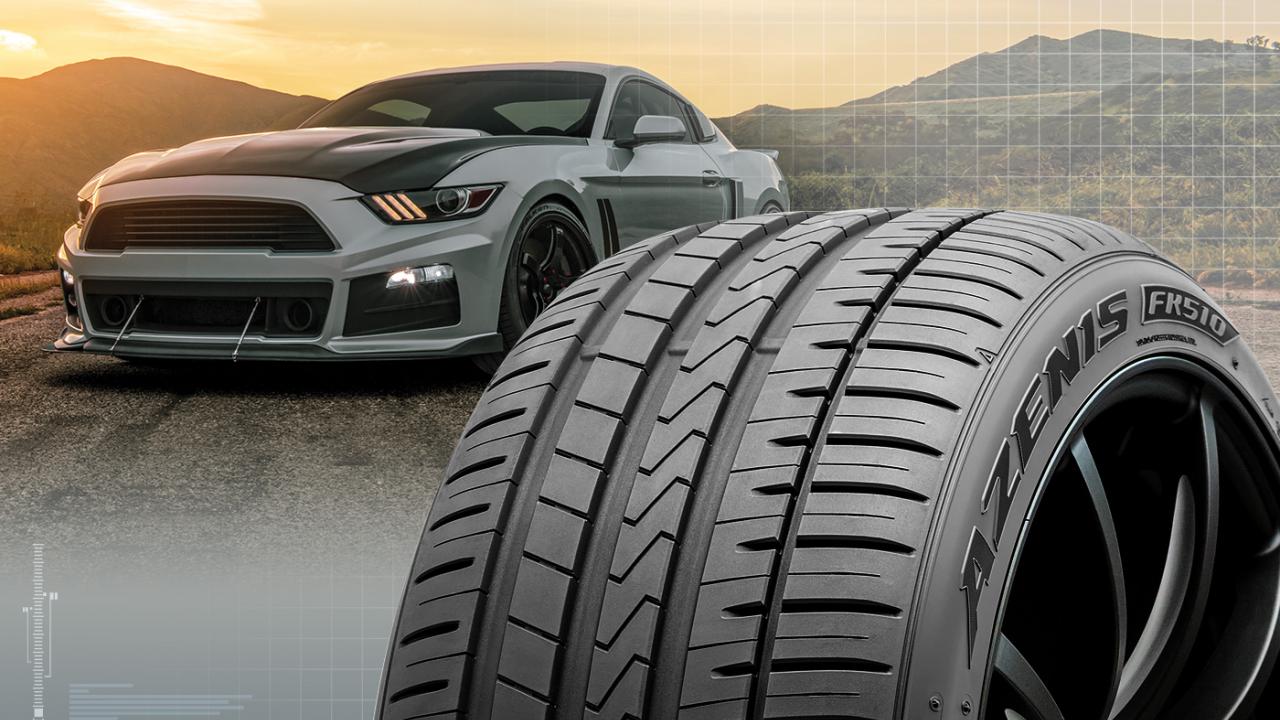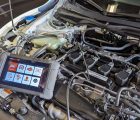Image source: Elina Sazonova from Pexels
When you pass your driving test and get your driving license, you have to keep on top of those safety skills that you learned in your first few lessons.
Much of the practical learning aspect of driving doesn’t happen until you are out on the open road without an instructor or passenger who can help you – when you are on your own and need to make all the right decisions.
And you’ll face situations you haven’t seen before.
The US is classified as one of the busiest countries in terms of road traffic, with an estimated 284 million vehicles (cars, trucks, bikes, etc.) in operation. In 2019 there were around 12.5 million RTAs, half of which were cars.
After a while of car ownership, many people let the simple maintenance slip. These ten checks can help ensure that your car is kept in the best condition possible.
Tires
There should be a legal amount of tread on your tires at all times, and depending on where you live, you might need to change your tires ready for the winter. Check your tire pressure regularly, and keep an eye on the tread. It is estimated that you will need new tires every six years, but that will change if you use your vehicle more than average.
Oil
Checking the oil regularly will keep your engine running in the best condition. A monthly check is usually the recommended interval. Changing the oil can be done at home; however, it can be easier to book it for a service.
Fluids
The fluid levels of your brake fluid, power steering fluid, engine oil, coolant, and transmission fluid need to be checked regularly.
Lights
Before you take a journey, no matter how far, check the lights, the indicators, headlights, fog lights, and more. Keep a set of spare bulbs in the vehicle at all times, and mark the manual page so you can change them in a hurry if you need to. Keep all of the lights clean too.
Wipers
Dirty or damaged wipers will cause visibility issues; this becomes more noticeable in bad weather. Replace them when necessary.
Brakes
Your brakes will need regular inspections if they feel juddery, cause vibration, feel spongy, or anything out of the ordinary they will need to be repaired asap.
Belts and Hoses
Check your belts and hoses at every oil change; belts can snap while driving.
Services
Most checks can be done at home, but for the internal checks and the more mechanically comprehensive, it is better to take your car to be serviced. Anything that needs to be replaced or repaired can be taken care of.
Wash the Car
Your car will take damage from road salts, rocks, freezing conditions, and more. Once the paint becomes damaged, rust can build up and attack the car’s body. Clean your car regularly – not just for the aesthetics.
Insurance
It’s a wise idea to evaluate your car insurance coverage regularly to see you are getting the best deal.
Staying Safe Behind The Steering Wheel
Aside from the vehicle, people make some common driving mistakes that impact their safety.
- Don’t drink or take drugs and drive. There are even pharmaceuticals that will state no driving – adhere to the instruction.
- Make sure children or other passengers aren’t climbing around the car’s cab.
- Don’t be tempted to speed; even ten mph over the limit is too much.
- Aggressive driving is more dangerous; aggressive driving usually happens in peak traffic hours when people are running short on time and causes many accidents.
- Drive defensively; this means planning ahead, being more vigilant about surroundings, braking earlier than you need to, and minimizing distraction.
And finally, it is always wise to brush up on any changes to the driving laws, new best practices, and never drive when you’re tired.
When evaluating a new vehicle for safety, here are some of the things you should look for: What to Look for When Evaluating the Safety of a New Vehicle.








